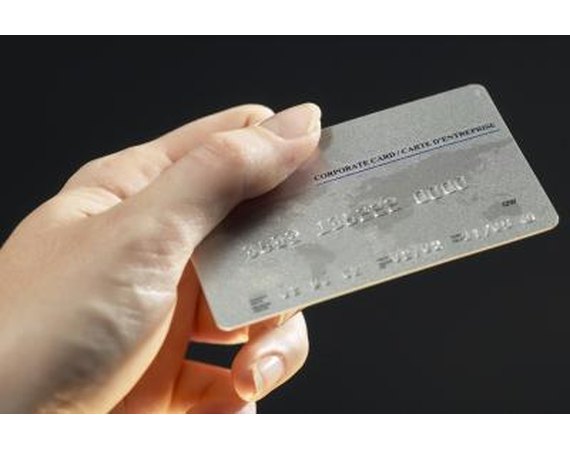
Getting your credit back on track can be a relatively simple task or a multiyear process, depending on how bad your credit is. If your only misstep is one late payment, your credit can get back on track relatively quickly. However, if you have a major derogatory mark on your report, such as a bankruptcy or an account in collections, you'll have to be patient as your score slowly recovers. In either case, the process to repairing your credit is the same. Maintaining good credit behavior always helps increase a score, no matter what your history is.
Instructions
- 1
Get a copy of your credit reports. Citing a study by the National Association of State Public Interest Research Groups, CBS News reports that 79 percent of credit reports contain errors. While some of these errors may be of the personal information type, others may be much more damaging, such as listing late payments that you made on time. The study reports that 25 percent of credit reports contain mistakes serious enough to deny individuals credit. Even if you know you have bad marks on your credit, get a free copy of your report annually from annualcreditreport.com, the government-sanctioned free credit report website, to verify that your entries are correct.
2Correct any inaccurate information. If you know certain information in your credit report is inaccurate, dispute the information and have the credit reporting agencies correct it. Experian, Equifax and TransUnion each have a way you can dispute information online on their respective websites. The more verifiable information you can provide, the more likely you are to resolve the errors on your report. After you file a dispute, the agencies usually respond within 30 days. You can request the agencies send corrected information to anyone who received your report in the last six months or to anyone who received a copy for employment purposes over the past two years.
3Make all payments on time. The FICO credit-scoring model dedicates 35 percent of your score to your payment history, which is the largest single category. Consistently paying your bills has a significant effect on your score over time.
4Lower your debt. The next largest category of your FICO score is the size of your debt. Paying down debt not only helps your score in terms of the size of your debt but also in terms of credit utilization, which also falls under this category. Credit utilization is the percentage of your available credit that you are using at any given time.
5Ask for credit line increases. If you can raise the amount of your available credit, you lower your credit utilization even if you don't pay down any of your debt.
6Apply for new credit only when absolutely necessary. While diversifying the types of accounts you have can help 10 percent of your FICO score, the Fair Isaac Corporation, creator of the FICO score, recommends you don't open additional credit lines just to have a better credit mix. New credit inquiries act as a negative on 10 percent of your FICO score and can counterbalance any positive effect you might receive from diversifying your credit mix.
7Improving a credit score takes time. Negative marks may stay on your credit report for seven years or 10 years in the case of a Chapter 7 bankruptcy. However, the effect of negative items diminishes over time.






0 comments:
Post a Comment